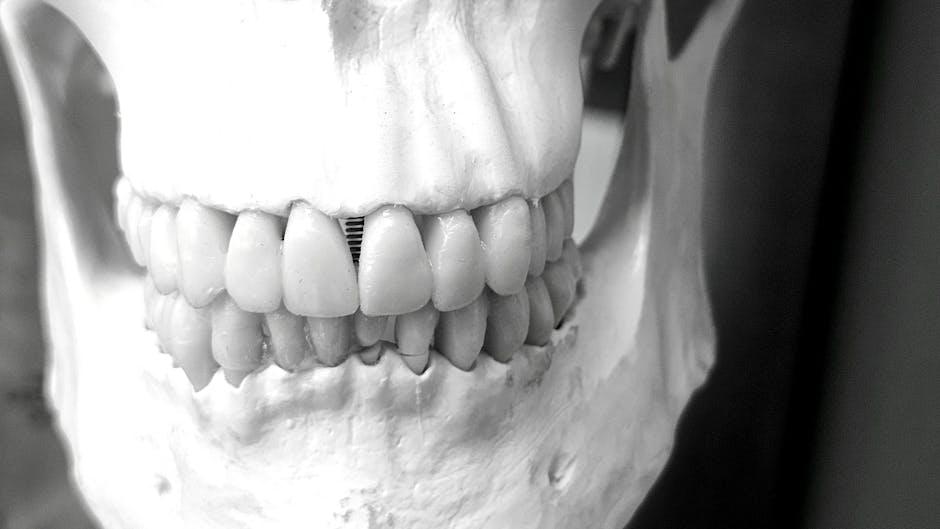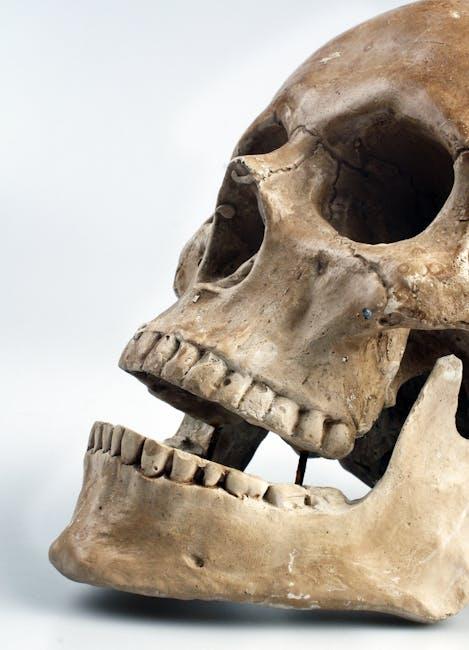
Dental Bone Graft and Substitutes Market to Hit USD 1,098.48 Million by 2031 | Global Outlook & Forecast at 7.21% CAGR
The Dental Bone Graft and Substitutes Market is experiencing robust growth driven by the rising prevalence of dental disorders, increasing adoption of advanced dental procedures, and technological innovations in bone grafting materials. According to The Insight Partners, this market is projected to reach an impressive USD 1,098.48 million by 2031, expanding at a healthy compound annual growth rate (CAGR) of 7.21% over the forecast period.
Introduction to Dental Bone Grafts and Substitutes
Dental bone grafting is a surgical procedure used to restore and rebuild bone in the jaw area where it may have been lost due to trauma, periodontal disease, or tooth loss. The bone graft materials, including natural and synthetic substitutes, provide a scaffold for new bone to grow, ensuring stability for dental implants and improving overall oral health.
With increasing demand for dental implants and reconstructive surgeries, the market for bone grafts and alternatives is growing as dentists and oral surgeons seek effective materials that optimize patient outcomes and reduce healing times.
Market Overview & Key Drivers
The dental bone graft and substitutes market dynamics are shaped by various factors, including:
- Growing dental implant procedures: Worldwide increase in dental implants due to aging populations and awareness of oral health.
- Advancements in biomaterials: Development of innovative graft materials such as synthetic and bioactive ceramics, promoting faster integration.
- Rising periodontal and dental diseases: Increasing cases demand reconstructive solutions like bone grafts to improve jaw bone quality.
- Preference for minimally invasive surgeries: Enhanced techniques reduce procedural risks and recovery time, boosting market adoption.
- Expanding geriatric patient population: Aging individuals are more prone to tooth loss requiring grafting procedures.
Global Market Forecast Table
| Year | Market Size (USD Million) | Growth Rate (CAGR %) |
|---|---|---|
| 2023 | 630.00 | 7.21% |
| 2027 (Mid Forecast) | 850.00 | 7.21% |
| 2031 (Forecast Year) | 1,098.48 | 7.21% |
Types of Dental Bone Graft and Substitutes
Dental professionals utilize a variety of grafting materials depending on clinical requirements and patient preferences. These materials include:
- Autografts: Bone harvested from the patient’s own body, typically the chin or hip, considered the gold standard due to excellent biocompatibility.
- Allografts: Processed human bone from donors, offering convenience without a second surgical site but with slightly higher risks of immune reaction.
- Xenografts: Derived from animal sources, commonly bovine, extensively processed to remove antigens; widely used due to availability.
- Alloplastics: Synthetic bone graft materials such as hydroxyapatite and bioglass that support bone formation with low infection risks.
Benefits of Using Dental Bone Grafts and Substitutes
Incorporating bone grafting materials into dental treatments provides several advantages:
- Enhanced osseointegration: Promotes stronger and quicker bonding between implant and jawbone.
- Restoration of bone volume: Critical for patients with severe bone loss to enable implant placement.
- Reduced surgical complications: Minimizes risk of implant failure or bone resorption with proper grafting.
- Customized treatment options: Availability of multiple graft types allows personalized care.
- Improved aesthetic results: Ensures natural-looking outcomes in dental restorations.
Regional Insights and Market Trends
The market penetration of dental bone grafts varies regionally, influenced by healthcare infrastructure and patient awareness:
- North America: Holds a significant share due to advanced dental care systems and high adoption of dental implants.
- Europe: Growth driven by government initiatives promoting oral health and increasing geriatric population.
- Asia Pacific: Fastest-growing market owing to rising disposable incomes, expanding healthcare facilities, and increasing dental tourism.
- Rest of the World: Opportunities growing in Latin America and Middle East with improving access to dental services.
Market Segmentation Snapshot
| Segment | Leading Type | Application | End-User |
|---|---|---|---|
| Product Type | Allografts & Alloplastics | Dental Implants Support | Dental Clinics & Hospitals |
| Material | Hydroxyapatite | Bone Regeneration | Oral Surgery Centers |
Practical Tips for Patients Considering Bone Graft Procedures
If you are preparing for a dental bone graft or considering substitutes, here are some helpful tips:
- Consult an experienced specialist: Choose a board-certified oral surgeon or periodontist experienced in grafting procedures.
- Review graft options: Understand the pros and cons of autografts vs. substitutes before deciding.
- Follow pre-surgery instructions: Maintain good oral hygiene and avoid smoking to facilitate healing.
- Post-op care: Adhere strictly to prescribed medications and dietary guidelines to minimize complications.
- Regular follow-ups: Attend scheduled check-ups to ensure graft integration and monitor healing progress.
Case Study: Successful Dental Bone Graft Enhancing Implant Stability
Jane, a 58-year-old patient, lost posterior molars due to periodontal disease, resulting in significant bone depletion. Her oral surgeon recommended an autograft from the chin area combined with a xenograft substitute for grafting. Six months post-procedure, Jane received dental implants with excellent osseointegration. The combination approach reduced recovery time and preserved her jaw’s structural integrity, resulting in a fully functional and aesthetically pleasing dental restoration.
Conclusion
The dental bone graft and substitutes market is poised for substantial growth, driven by technological advancements, increasing cases of tooth loss, and rising demand for dental implants worldwide. As the market moves toward more biocompatible and effective bone substitute materials, patients can expect improved clinical outcomes and faster recovery. With an expected CAGR of 7.21% and a forecast valuation surpassing USD 1,098.48 million by 2031, this sector represents a lucrative opportunity for manufacturers, healthcare providers, and investors alike.
For dental patients and professionals, staying informed about the latest grafting materials and market trends is crucial to making educated decisions that enhance oral health and quality of life.


